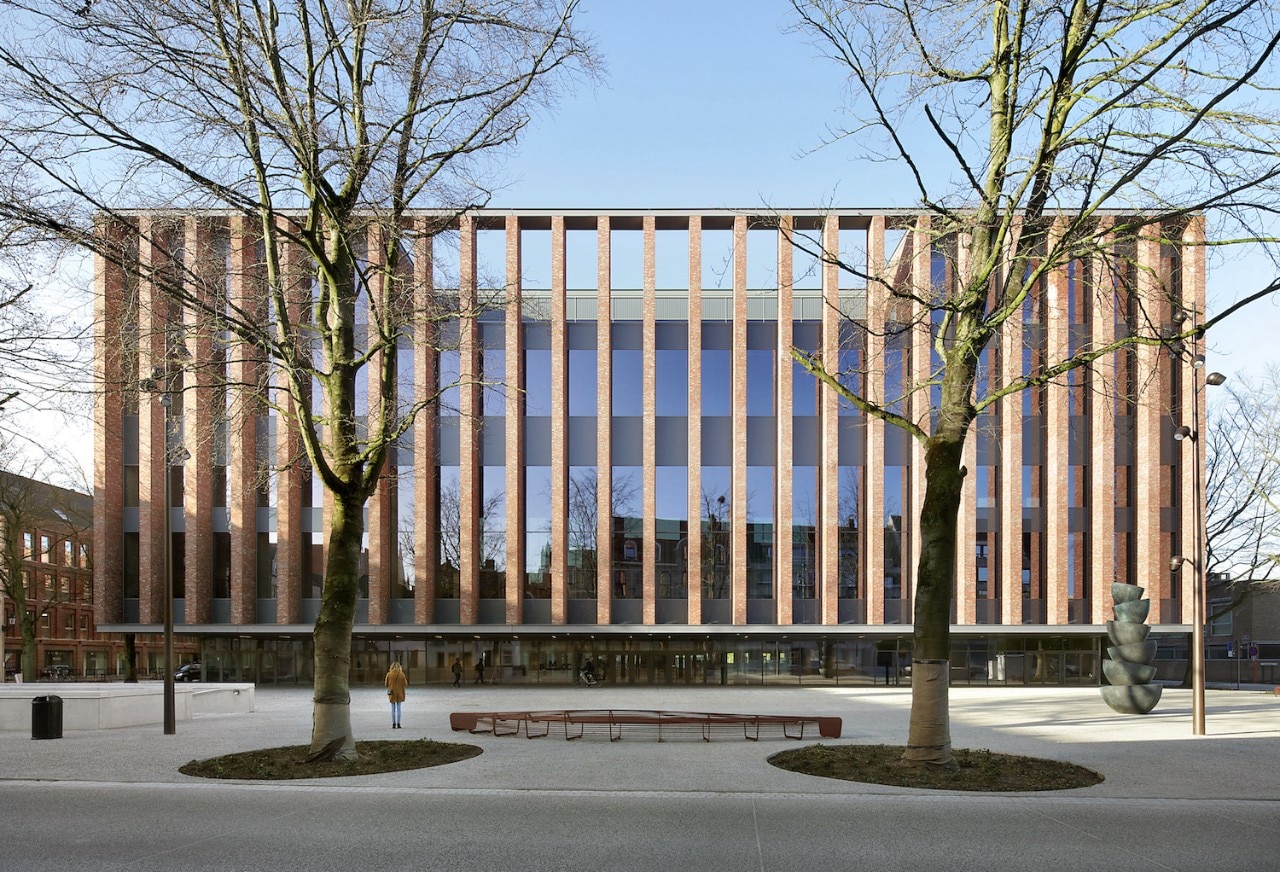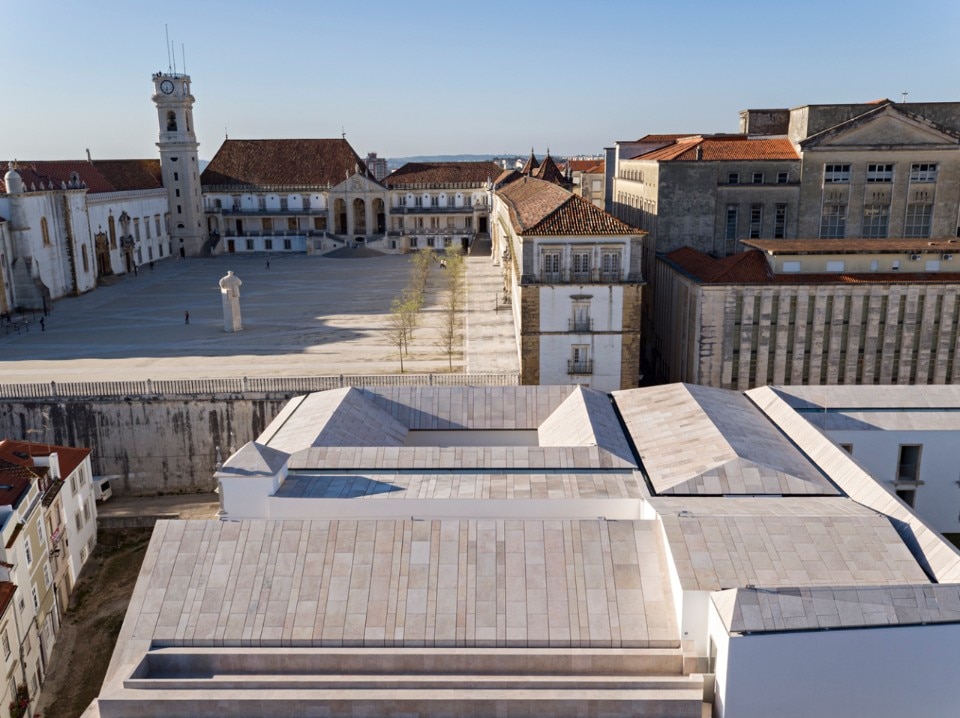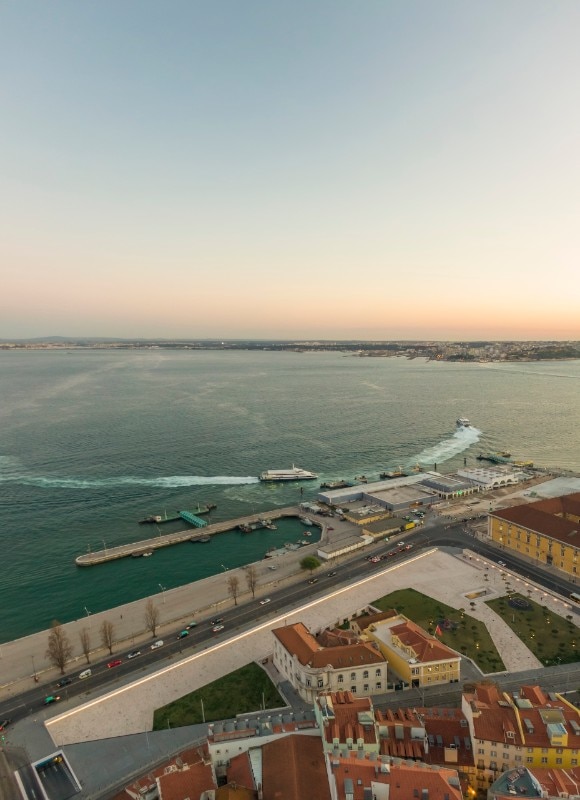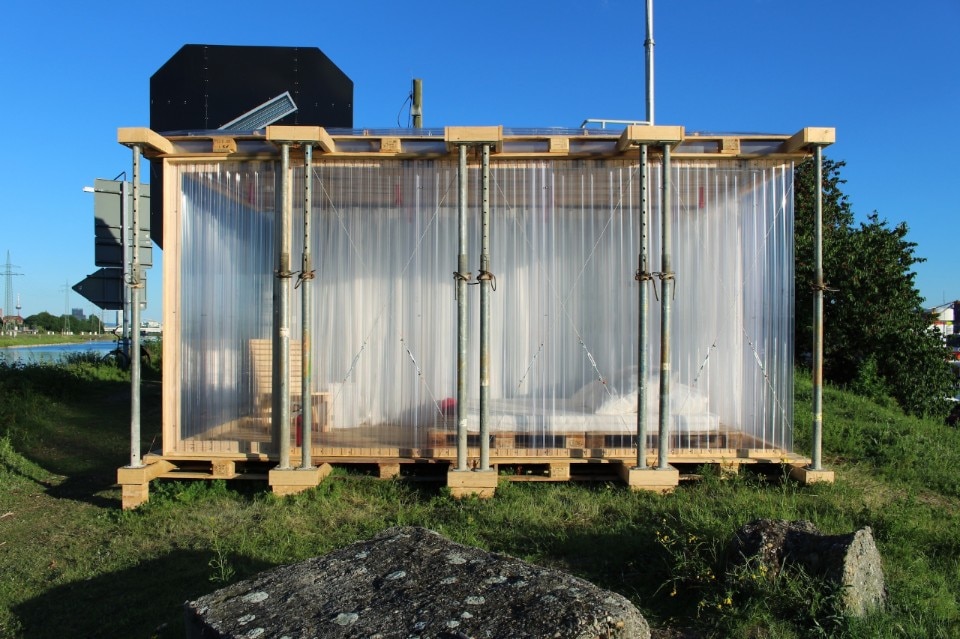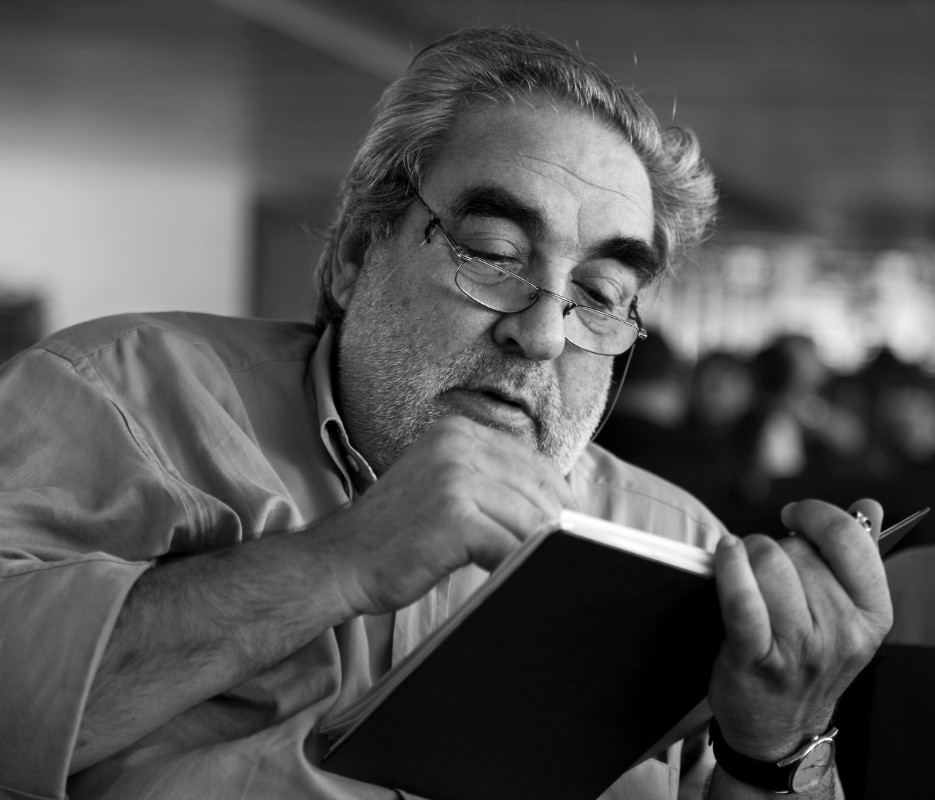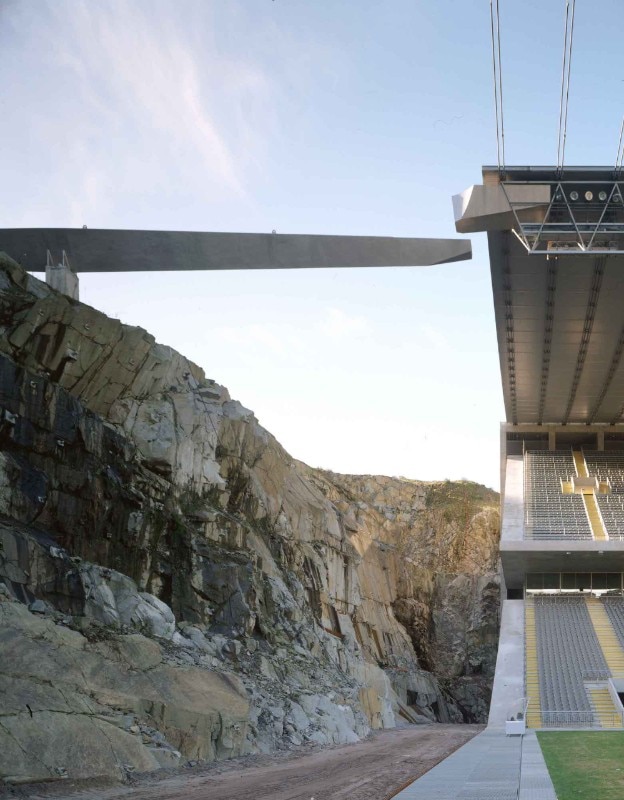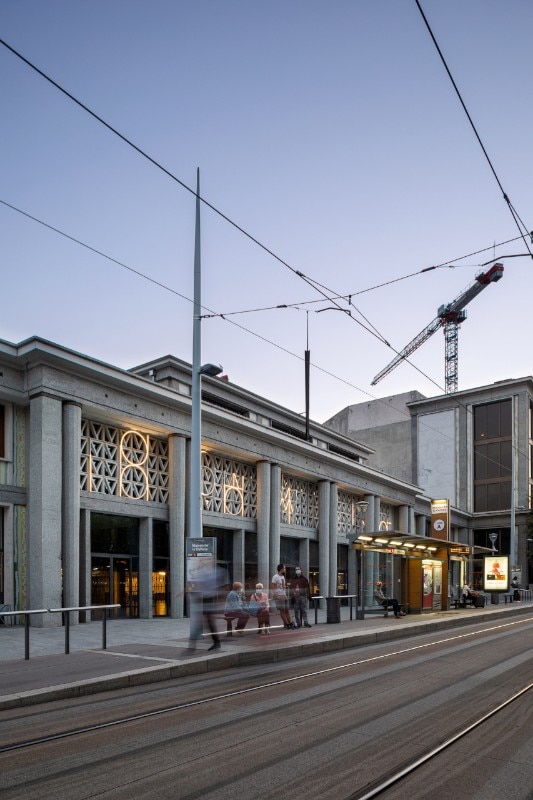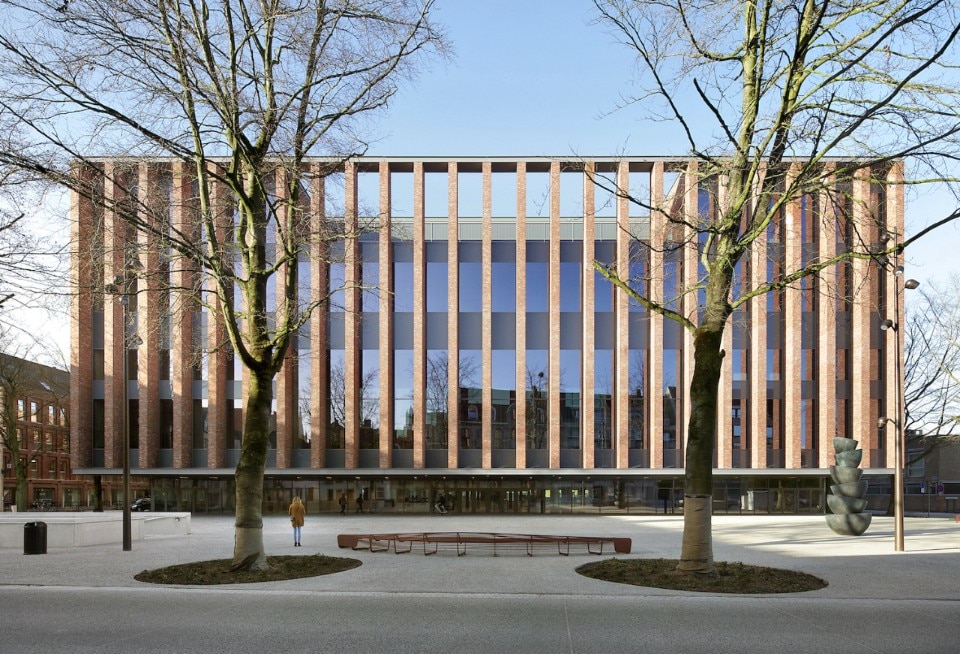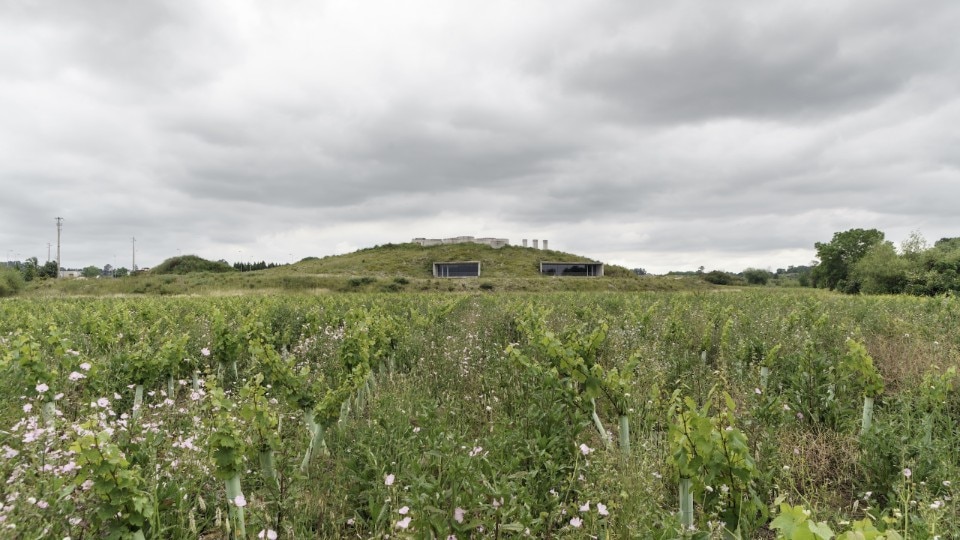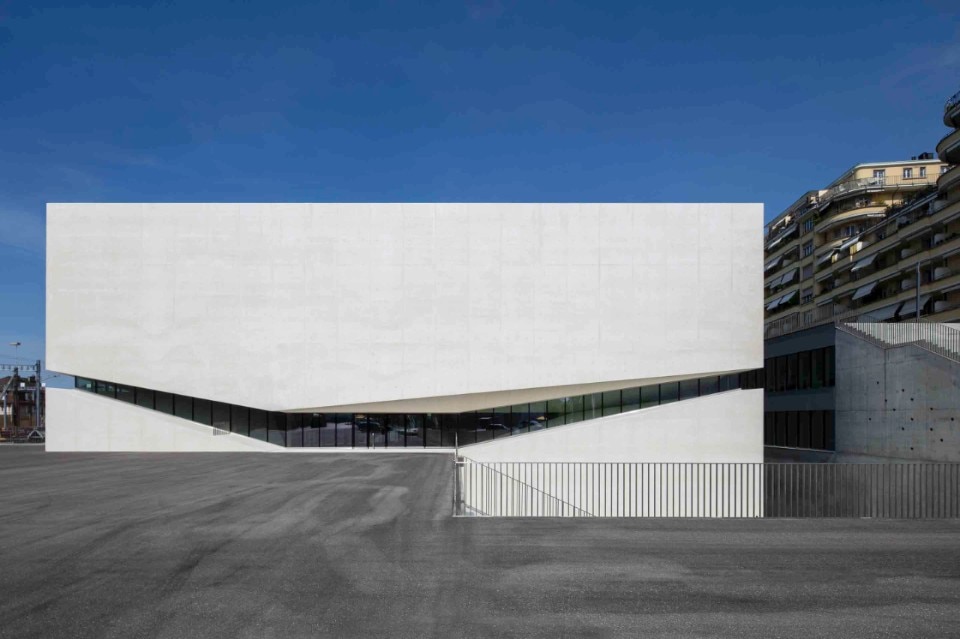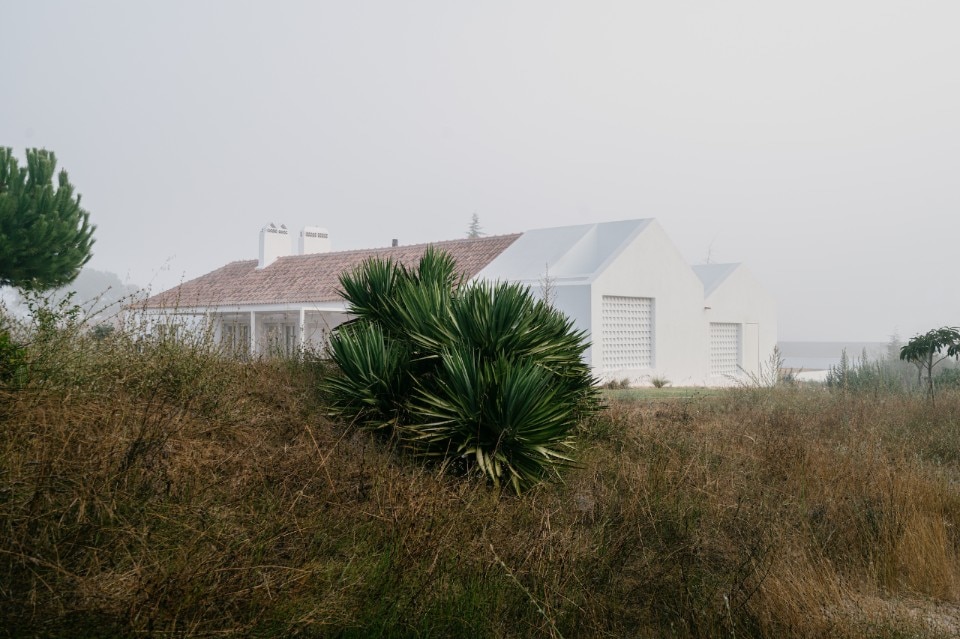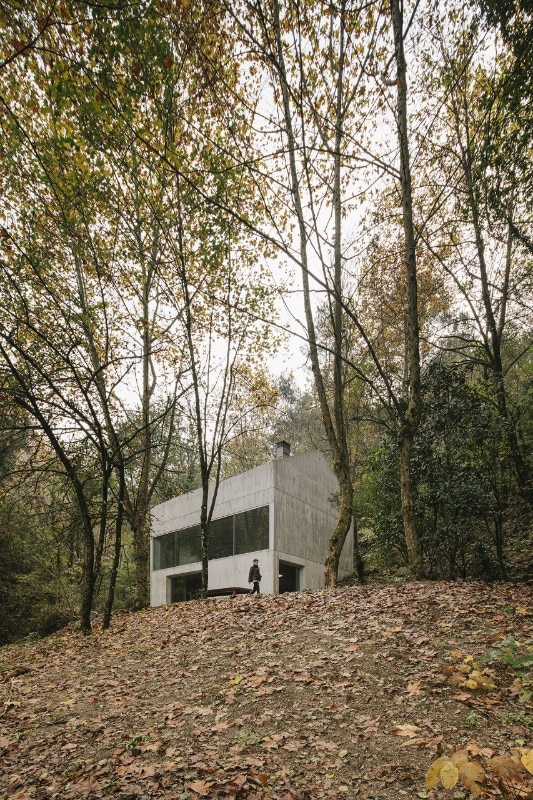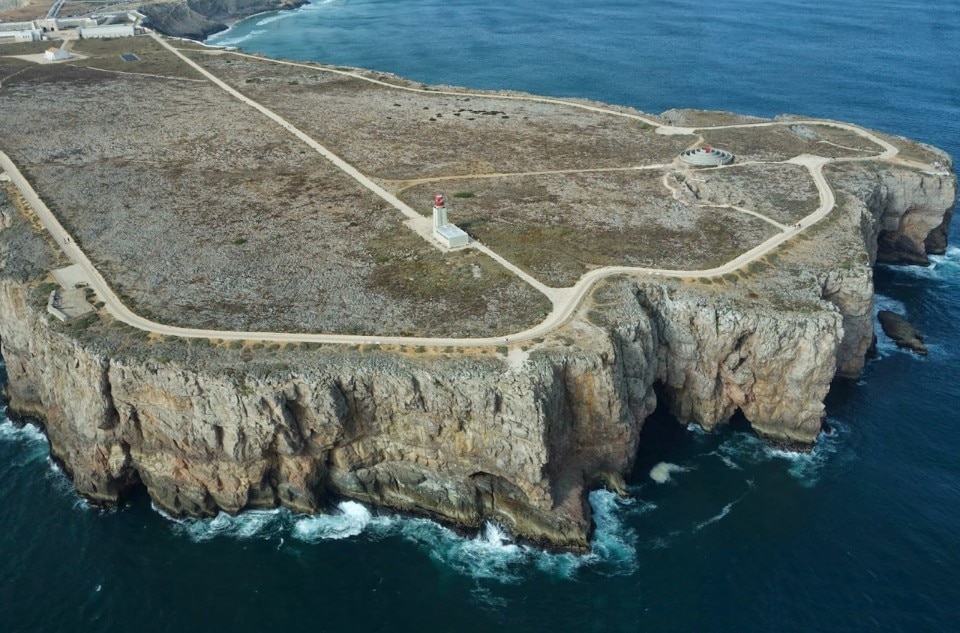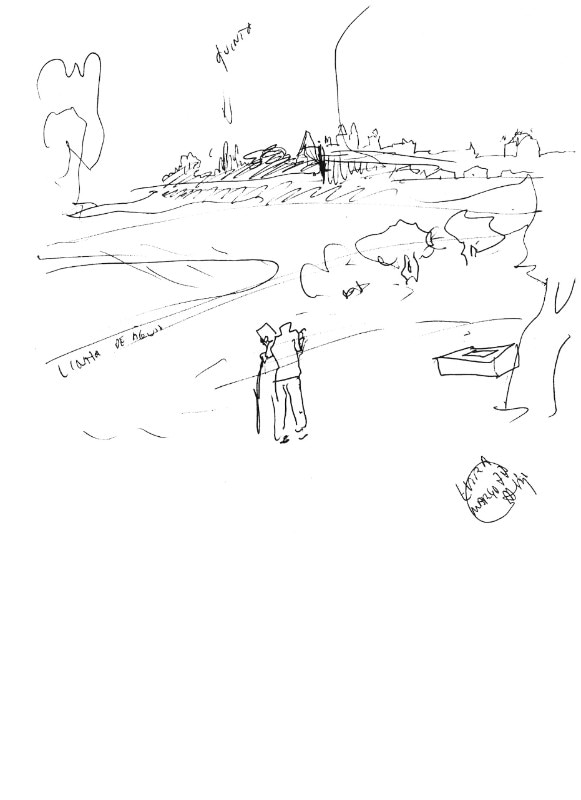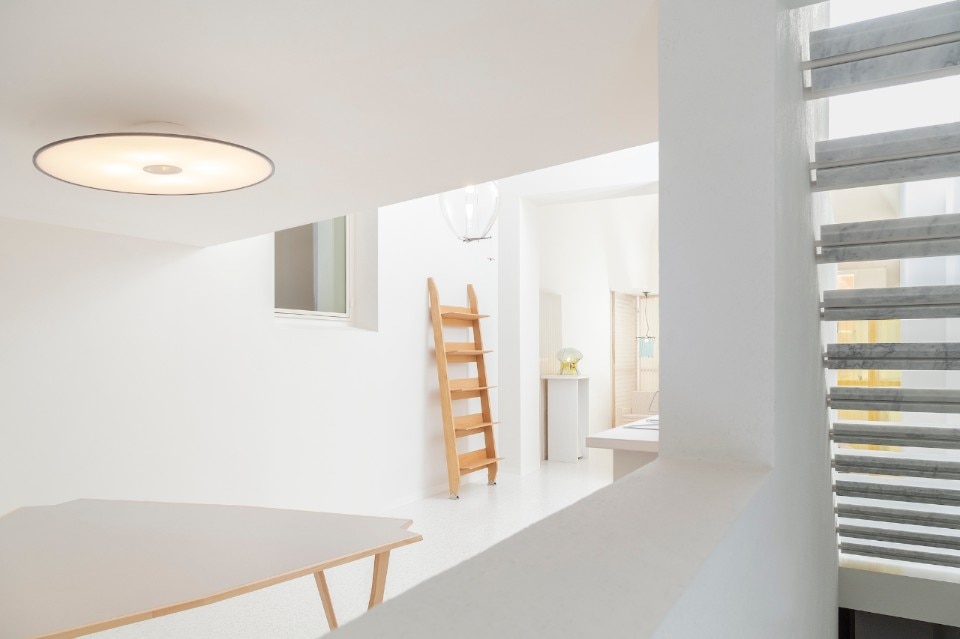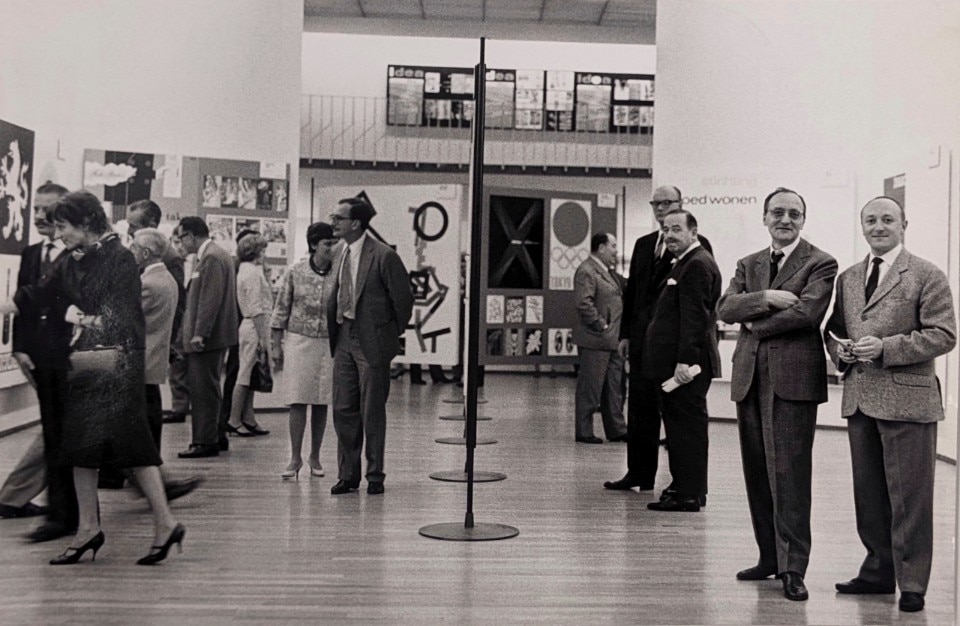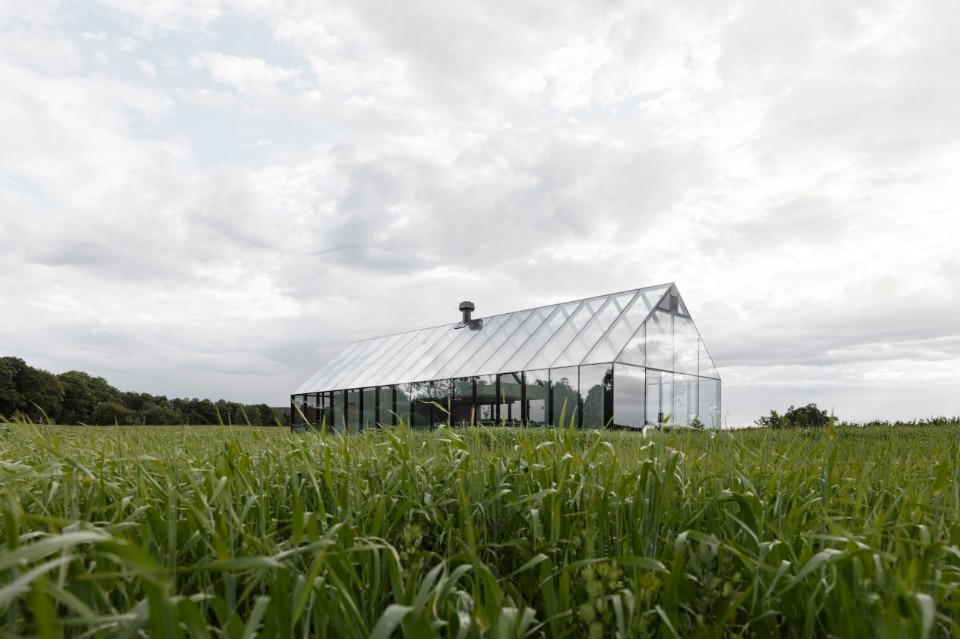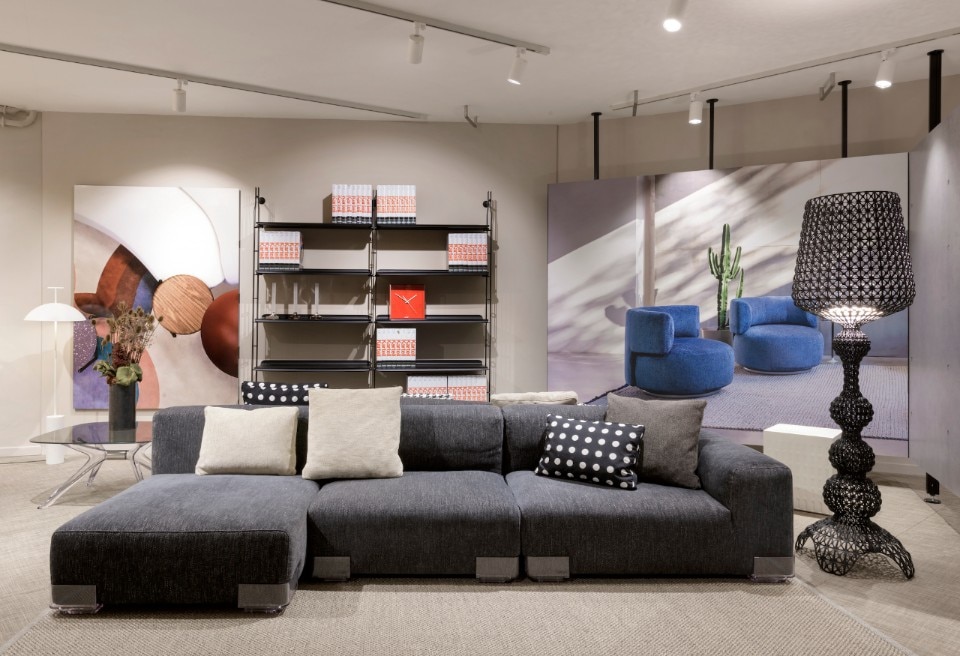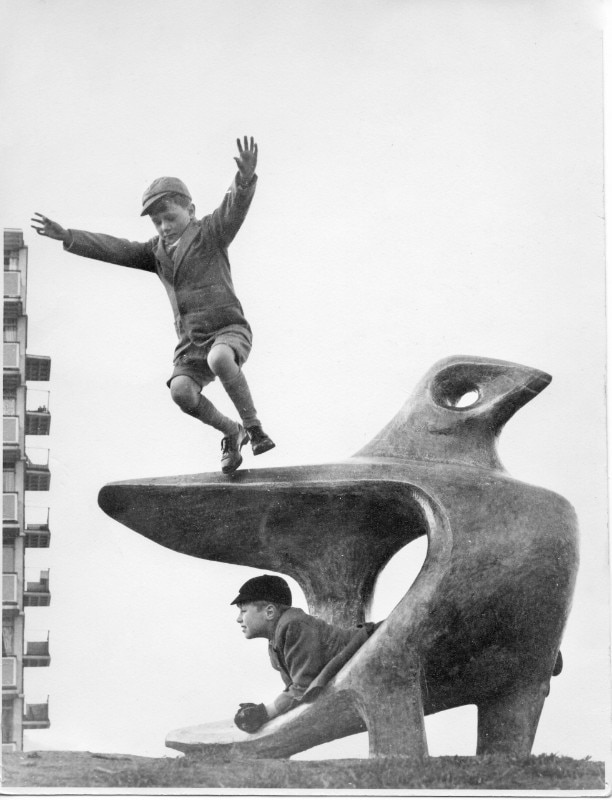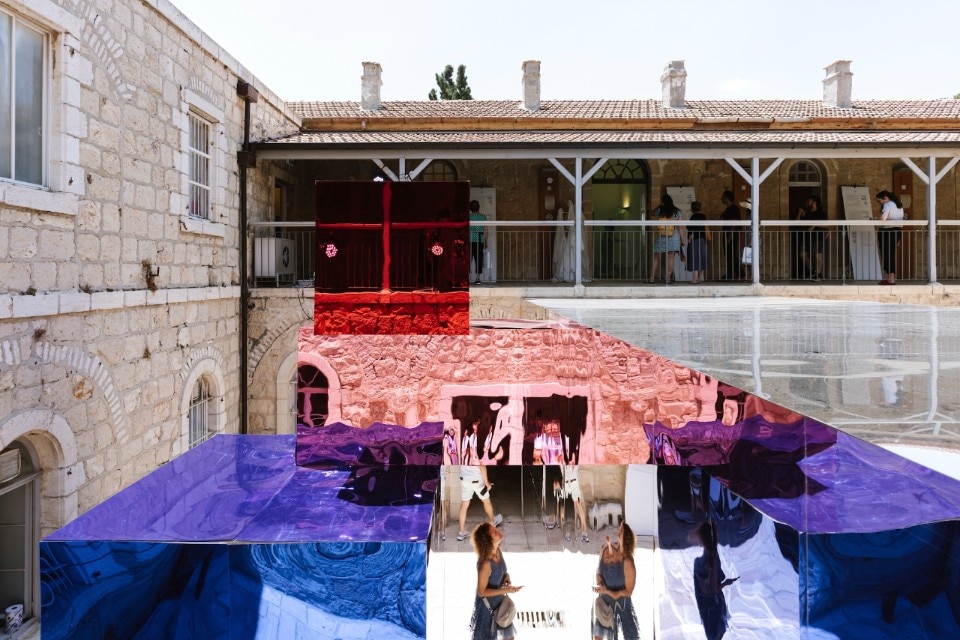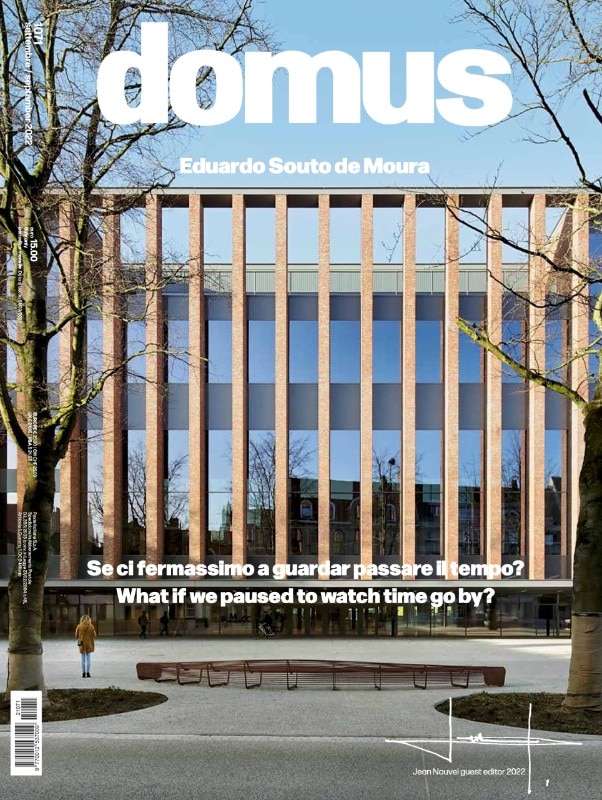The September issue of Domus 1071 focuses on Portuguese architecture, dwelling on its relationship with time. Guest Editor 2022 Jean Nouvel talks in his editorial about the Iberian project’s solid fascination, demonstrated over the past decades of building sites. “Its astonishing clarity and capacity for attraction translate into a proximity, a contact that makes us realize how the precision and directness of the right vocabulary applied in the right place produces extraordinary benefits.”
This is followed in the Essays by João Nunes, a Lisbon-born landscape architect, who explains how the concept of landscape is inexorably linked to the life of human communities, to their efforts to survive in a hostile and implacable nature. Specifically, the relationship between time and landscape is evident in its construction formulas. Following this, curator Pedro Gadanho writes of the enormous scope of the changes that construction activities will face in the next two decades. “With the inevitable need to decarbonize our economies, the world of architecture requires a change of course comparable – if not even more rapid – to that brought about a century ago by Modernism and the International Style.”
The first part of the Architecture section is dedicated to the work of Eduardo Souto de Moura. Introducing the Portuguese master, Jorge Figueira, architect and professor, analyses how usually those who embark on a professional career tend to start by exploring and then progress towards an established style, but in de Moura’s case, the opposite is true: after years in which the same themes were repeated almost obsessively, there is now a greater willingness to embrace instability and experimentation.
Among his projects, we see Municipal Stadium in Braga, one of his best-known and technically most complex works. This is followed by La Comédie, in Auvergne, a transformation and extension of the building intended to house La Comédie de Clermont-Ferrand, one of the decentralised scène nationale defined by the French Ministry of Culture. Finally, the most recent projects: Bruges Meeting & Convention Centre, in Bruges, and Casa Sarmento Winery, in Mealhada.
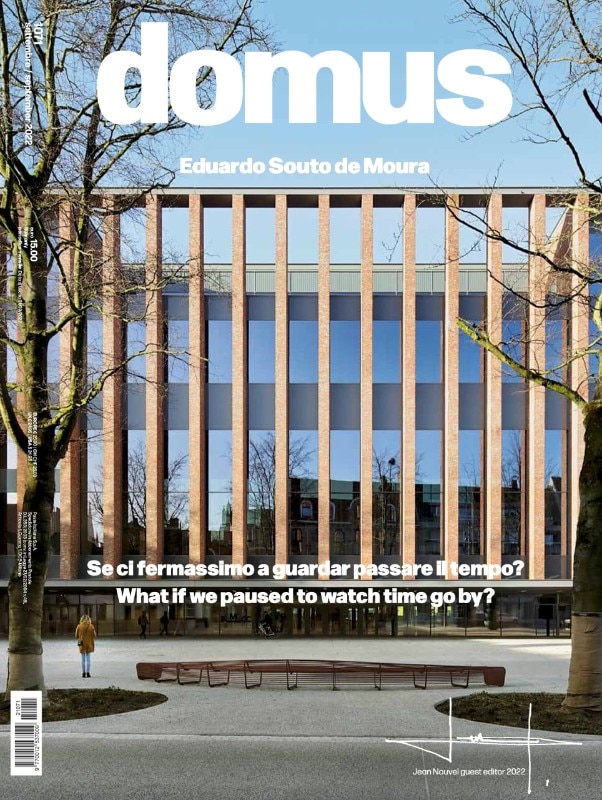
The section continues with the Musée de L’Elysée and MUDAC, a recent project finalised in 2021 in Lausanne by the Aires Mateus duo. Here, the white cube unites two historical institutions and is marked on the façades by a fault that emphasizes the presence of the interior public space and separates areas with different light requirements. Atelier Data continues with the recovery and extension of the residence part of a former agricultural estate emphasizing the stately characteristics of the existing building and creating a new relationship with the landscape. Carvalho Araújo presents Casa na Caniçada, a mono-material concrete volume that visually connects the nearby body of water and the forest through large glazed openings and develops a three-story residential program that plays with the topography of the site. Closing the section, Pancho Guedes tells us about an installation in Algarve conceived initially as temporary, made permanent by Ressano Garcia Arquitectos, leaving intact its ability to amplify the sounds coming from a fault line that communicates with the ocean.
The Art column is this month dedicated to Álvaro Siza’s Getty Notebook, which refines his projects through gestures of anticipation and memory on A4 notebooks: a peculiar working method that illustrates the principles of his architecture. The Design pages focus on the work of the Italian designer and architect Umberto Riva. Materials, light, and geometry are also the basis of Riva’s latest projects: the headquarters of the Roman gallery Giustini / Stagetti and the furniture designed between 2018 and 2021.
The issue closes with a final reflection by the architect and professor at the School of Architecture of the Polytechnic University of Madrid, Luis Fernández-Galiano. In the paper, he recounts his search for a new ‘Vitruvian code’, three new principles that establish individually honorable and socially responsible limits for architecture.
This month’s Diario, pages dedicated to current events, opens with the section Punti di vista (Points of view), where Phineas Harper, criticə and curatorə, and Lieven De Cauter, philosopher and activist, discuss the link between architecture, activism, and social rights: the contribution that the architecture sector can make to society also passes through workers’ rights and new forms of the profession. Francesco Franchi writes about the Alliance Graphique Internationale, which from 18 to 23 September, chose Italy to host the congress of the international elite association that brings together and represents the best graphic designers and illustrators from all over the world. Alessandro Benetti describes the Äng restaurant, a project by Norm Architects and Keiji Ashizawa Design, immersed in the rural landscape of southwest Sweden. This is followed by Elena Sommariva with a text dedicated to the playground, the lever for better understanding society, reading the transformations of urban space, and, finally, reflecting on the culture of childhood. Finally, editorial director Walter Mariotti dialogues with Massimiliano Finazzer Flory, actor, playwright, and theatre director.


